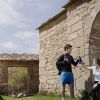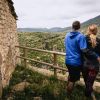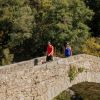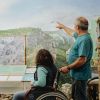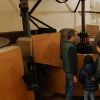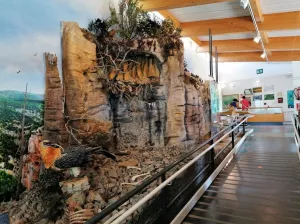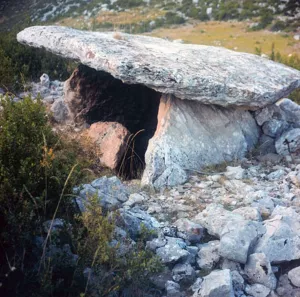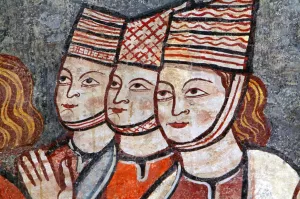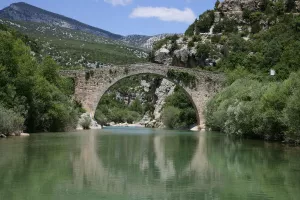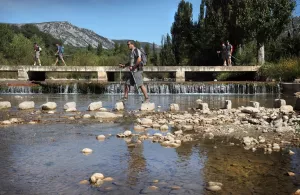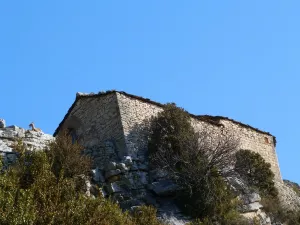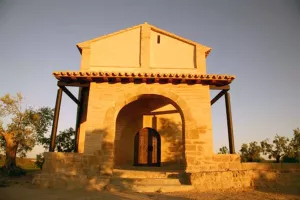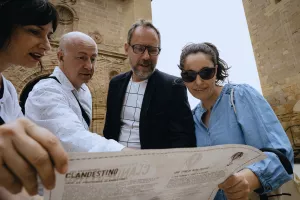Exploring the cultural heritage of the Rodellar Valley is a fabulous journey into history.
This journey begins with the prehistoric sepulchre of the Dolmen de la Losa Mora, built around 4,000 years ago, and the Abrigo de Palomarón cave art in Rodellar, which has been declared a World Heritage Site.
Also with this UNESCO-awarded distinction are the dry stone walls, a traditional technique used to build stone walls without any mortar to bind the stones together; beautiful examples can be found in the area around Cheto.
From the Romanesque period, the Iglesia de San Andrés de Nasarre is a must-see. It is a temple built in the 11th century, and the apse is still original from this period. There is also the hermitage of the Virgen del Castillo, from which wonderful views of the Mascún ravine can be viewed, and the parish church dedicated to San Juan Bautista de Rodellar, with a Romanesque past to be discovered in its tower.
The most outstanding work, however, is the series of mural paintings in the hermitage of San Fructuoso in Bierge (a Romanesque-Gothic transition from the second half of the 13th century). The paintings, situated at the head of the church, describe the lives of San Nicolás de Bari, San Juan Evangelista, and San Fructuoso, and were painted by two experts who have been renowned the “first and second experts of Bierge”, which explains the difference that can be seen between them.
A walk through such places in the Rodellar Valley reveals interesting examples of architecture; ancestral homes; façades adorned with heraldic shields, keystones, and beautiful boundary crosses; and its shrines and churches.
In terms of ethnographic heritage, we must mention the oil mills and oil lathes, the ice and snow wells, and the flour mills.
Rivers and water have played a fundamental role in the valley throughout history, with numerous walkways and bridges built to cross them, such as Pedruel and Las Cabras in Rodellar.
You can discover these many features along Prepirineo Clandestino’s routes, which are great fun for the whole family.
In the way of museums, discover the Centro de Interpretación de la Sierra and los Cañones de Guara, an ideal place to get to know this valley, which offers the keys to enjoy, understand, and truly value this spectacular natural space.



